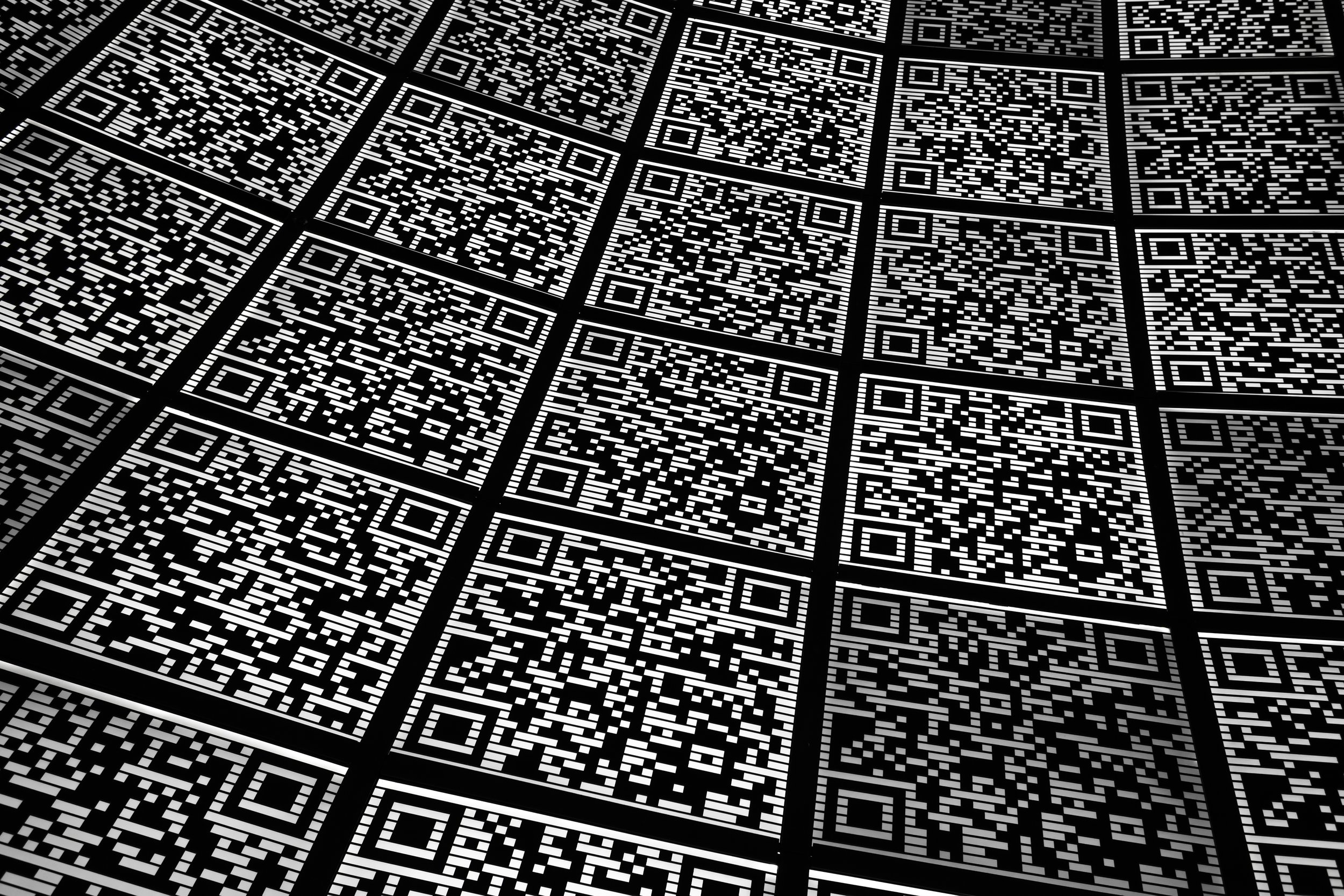The Ubiquity of QR Codes: Unveiling the Evolution and Versatility of a Modern Symbol
Tracing the Origins and Exploring the Varied Applications of QR Codes
In today's modern world, the presence of QR codes has become ubiquitous, adorning products, advertisements, and even personal belongings. These square-shaped codes, with their distinctive black and white patterns, have revolutionised the way we interact with information. Join us as we delve into the fascinating journey of QR codes, exploring their evolution, origins, and the myriad of applications they now encompass.
QR codes, short for Quick Response codes, were first developed in 1994 by a Japanese automotive company, Denso Wave. Initially used for tracking vehicles during manufacturing, the technology quickly caught the attention of industries seeking efficient ways to store and retrieve data. Since then, QR codes have evolved to become a versatile and widely adopted means of sharing information.
One of the main advantages of QR codes is their capacity to store large amounts of data. Unlike traditional barcodes, which are limited to a string of numbers, QR codes can contain text, website URLs, contact information, and even multimedia content. This flexibility has propelled their adoption across numerous sectors.
QR codes have found their way into everyday life, with applications ranging from marketing and advertising to mobile payments and personal identification. In the realm of marketing, QR codes are commonly found on product packaging, brochures, and posters, offering consumers a quick and convenient way to access additional information, promotions, or exclusive content. By scanning a QR code, customers can instantly connect with brands, access product details, and engage in interactive experiences.
Mobile payments have also embraced the convenience of QR codes. Platforms like Alipay and WeChat Pay in China have leveraged QR codes to enable seamless transactions, allowing users to make payments by scanning a code displayed on a merchant's screen. This technology has revolutionised the way people make purchases, contributing to the rise of cashless societies.
Beyond marketing and payments, QR codes have found applications in a variety of industries. In the healthcare sector, QR codes are used to store medical information and provide quick access to patient records, facilitating accurate and efficient care. Museums and galleries utilise QR codes to enhance visitors' experiences, offering detailed information and multimedia content about exhibits. Additionally, QR codes have become a valuable tool for contact tracing during public health emergencies, enabling swift identification and notification of potential exposure.
While the uses mentioned above are relatively well-known, lesser-known applications of QR codes continue to emerge. For example, QR codes are now used in smart packaging, allowing consumers to verify product authenticity and track supply chain information. They have also found utility in personal identification, with QR codes embedded in ID cards and passports, offering a secure and efficient method of identity verification.
As the adoption of QR codes continues to expand, so does their potential for innovation. In the future, we can expect to see further integration of QR codes into emerging technologies such as augmented reality and Internet of Things (IoT) devices, opening new realms of interaction and convenience.
Amidst the widespread use of QR codes, there are always those who take their love for this technology to a whole new level. Meet John, a tech enthusiast with a penchant for the extraordinary. Not content with simply scanning QR codes, John decided to get one permanently inked on his arm. Yes, you read that right – a QR code tattoo! With a mischievous smile, he explains that the tattoo leads to a secret webpage where he has hidden a collection of his favorite dad jokes. He takes delight in surprising friends and strangers alike, inviting them to scan his tattoo and unleash a wave of laughter. While John's QR code tattoo might be an extreme example of embracing this modern symbol, it serves as a reminder that innovation can be both functional and entertaining, adding a touch of whimsy to our tech-infused lives.
In a world driven by interconnected information sharing, QR codes have transcended their origins as tracking tools in the automotive industry to become an integral part of our modern lives. Their evolution has been driven by their capacity to store diverse information, facilitating seamless access to content, enabling secure transactions, and enhancing various aspects of our daily experiences. As we embrace the widespread adoption of QR codes, their applications will continue to evolve and shape the way we interact with information in an increasingly interconnected world.



